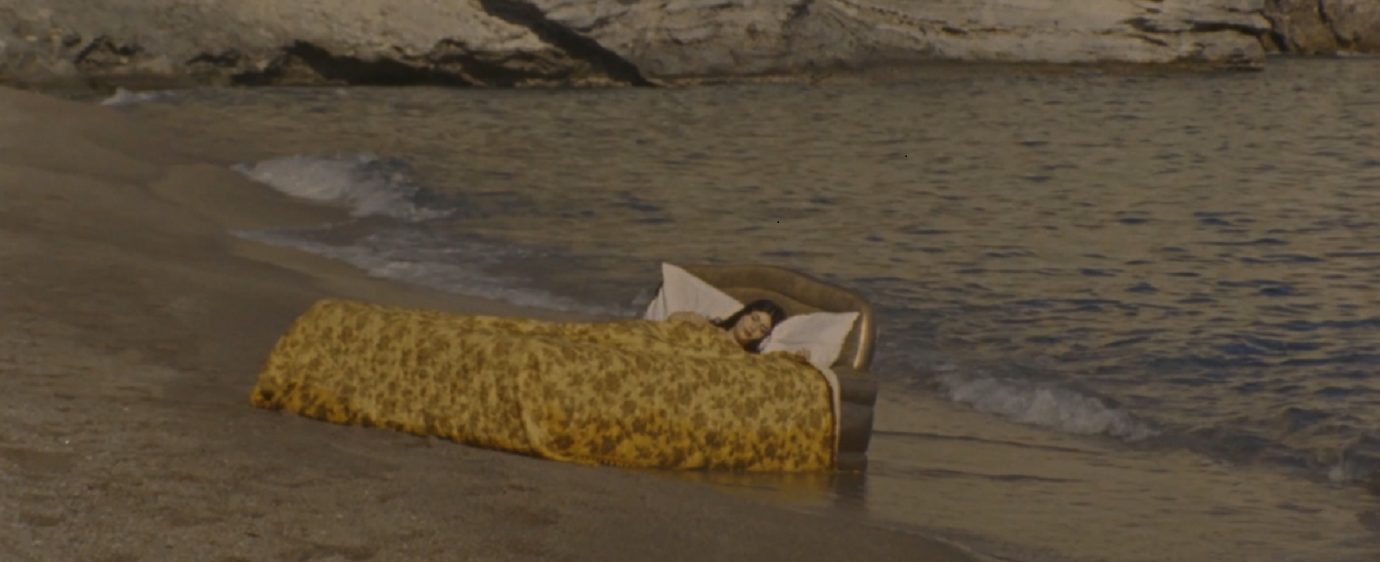
There is a greater interest in education, environmental awareness and the therapeutic role of art
The impact of the pandemic in expediting our country’s moving into the digital age is reflected in the recent announcement by the Ministry of Culture and Sports, regarding the decision to grant financial support of € 1,047,000 to the visual arts sector. 937,000 euros will be allocated to 39 actions of museums, galleries and collections of contemporary culture, while 110,000 euros will be allocated to 16 of the institutions that submitted proposals for the development of research projects on visual art and cross-sectoral or inter-artistic projects.
Regarding the proposals for the development of research projects, there is a greater interest in education, environmental awareness and the therapeutic role of art, as can be seen from the proposed projects of the NGO Eyes of Light “Art in Health: Contemporary art creation with a social orientation and participatory art practices for the benefit of patients” and the NGO Polyeco Contemporary Art Initiative (PCAI). The first project intends to explore the possibilities of integrating art in the healthcare field, with the aim of utilizing the therapeutic properties of artistic practice for the benefit of the patients. PCAI’s involvement in the development of an international collection of contemporary art with an environmental focus also utilizes art -primarily video art- to inform and raise public awareness of environmental and social issues, with priority for organizing educational programs for children.
Grants for museum and gallery actions were mostly offered to digitization projects, involving the creation and modernization of museum websites, the creation of digital exhibitions, but also on the introduction of multimedia applications in physical exhibitions and the further promotion of the institutions’ collections using virtual and augmented reality applications. There is also a growing interest in enhancing the educational role of museums, as several of the subsidized projects aim at redefining the relationship between museums and the public; through educational and school programs that can be attended online, but also through the growing tendency towards adopting interactive and experiential ways of showcasing and displaying collections, thus creating an environment that allows visitors to play an active role in the educational and recreational process.
Typical examples of these trends are the digitization projects involving website creation and enrichment, and strengthening the extroversion of institutions such as the Municipal Art Gallery of Xanthi, the Virtual Museum of the Kounadis Archive and the Museum of Photography “Christos Kalemkeris”, for which a virtual contemporary photography exhibition may be designed by Clio Muse. The digitization and promotion projects of the Municipal Collection of Elefsina and the Museum of Modern Greek Art of Rhodes are similarly directed, and intend to acquire and use integrated collections management and digital asset distribution software.
The subsidized project of the Nikolaos G. Papadimitriou Foundation is significant as well since it involves a publication presenting the first purely digital art museum of the country named “Georgios Iakovidis“, which is located in the mountain village of Hidira in Lesvos
One last trend in the subsidized projects is the organization of ‘hybrid’ exhibitions that provide both physical and virtual touring options, such as the art exhibition titled “Repatriation” at the Cultural Center of Lefkada.
The convergence of objectives observed in the subsidized projects clearly illustrates the criteria according to which they were selected by the Ministry of Culture and Sports. Entering the digital age is a priority and a primary goal of the government -and that is nothing new; with all the opportunities and risks that that implies. In the field of culture, however, the opportunities provided by these grants can prove to be particularly beneficial, as smaller museums and cultural institutions in remote and lesser-known areas of the country will now be able to be widely promoted and attract a broader audience. Activities aiming at modernizing the field of culture and utilizing the capabilities that digital technologies can provide have certainly intensified lately, however they could certainly move faster. Wider utilization of digital technologies could further contribute to the promotion and communication of our country’s cultural wealth with the global community.
Both in Greece and abroad, the effect of the pandemic in terms of strengthening the digital presence of cultural institutions is apparent, but a tendency towards redefining their role and function without degrading their physical space can also be observed. Museums such as the Louvre and the British Museum have made much of their collections digitally available, and the British Museum already has in its collection high-resolution photographs of objects that would otherwise be impossible to see with the naked eye, such as the text on the Rosetta Stone. It is important that we note, then, that digitization has the potential to provide wholly new services, and not only online experiences that are, after all, poor substitutes for the actual, physical experience of a museum tour.
Following this last thought, the creative problem-solving imposed by the pandemic has caused other innovative ideas to emerge, concerning the very design and presentation of physical exhibitions. Social distancing health measures may have an effect on the future architecture and design of museums and exhibitions, with an emphasis on extensive use of outdoor and semi-outdoor spaces, and/or designing specific routes within exhibitions to avoid overcrowding. Designing ‘drive-through’ art exhibitions is also gradually becoming a trend, with examples such as the “Drive-by-art” exhibitions on major streets of Los Angeles featuring more than 120 artists, and the Van Gogh exhibit in Toronto, Canada, appropriately titled “Gogh by Car”; an impressive 35-minute audiovisual immersive experience that viewers can watch from their cars, in conditions of complete health and safety.
Lastly, the Covid-19 health crisis has reminded us of another, often forgotten, function of museums: their role as custodians of history, responsible for the recording and preservation of historical memory. The Science Museum Group and the Victoria and Albert Museum (V&A) in the UK have begun collecting items related to the social change brought about by the pandemic.
The “Collecting Covid-19” project by the Science Museum Group began back in March 2020, with the collection of material related to pandemic responses in the UK and worldwide; from scientists, health workers, governments and their state measures for public health, and from society at large, both collectively and individually. From items such as testing kits, medical equipment, official guidance documents, records of public expressions of solidarity, to the first empty vial and syringe used in a mass vaccination program, this collection will permit museums around the world to create an extensive record of the pandemic that will allow for future study and reinterpretation, and the search for meaning and a deeper understanding of the historical events. V&A‘s editorial project titled “Pandemic Objects, on the other hand, complements the Science Museum Group’s collecting project with a different way of recording history. It approaches social change through everyday objects, which in the context of the pandemic took on a new meaning, significance and purpose, with the aim of gradually painting a picture of the human experience of the pandemic.
From the sudden changes and global panic of the first quarantine and lockdowns to changes that come about gradually, it is now clear that even with a possible eradication of the virus, the return to the long-awaited ‘normality’ will not amount to going back to 2019. Museums, therefore, have the significant role of recording both short-term and long-term social changes, by collecting evidence and creating records, by creating the first narratives while events are still unfolding, and lastly, by operating as centers for cultural dialogue, education, and reflection.

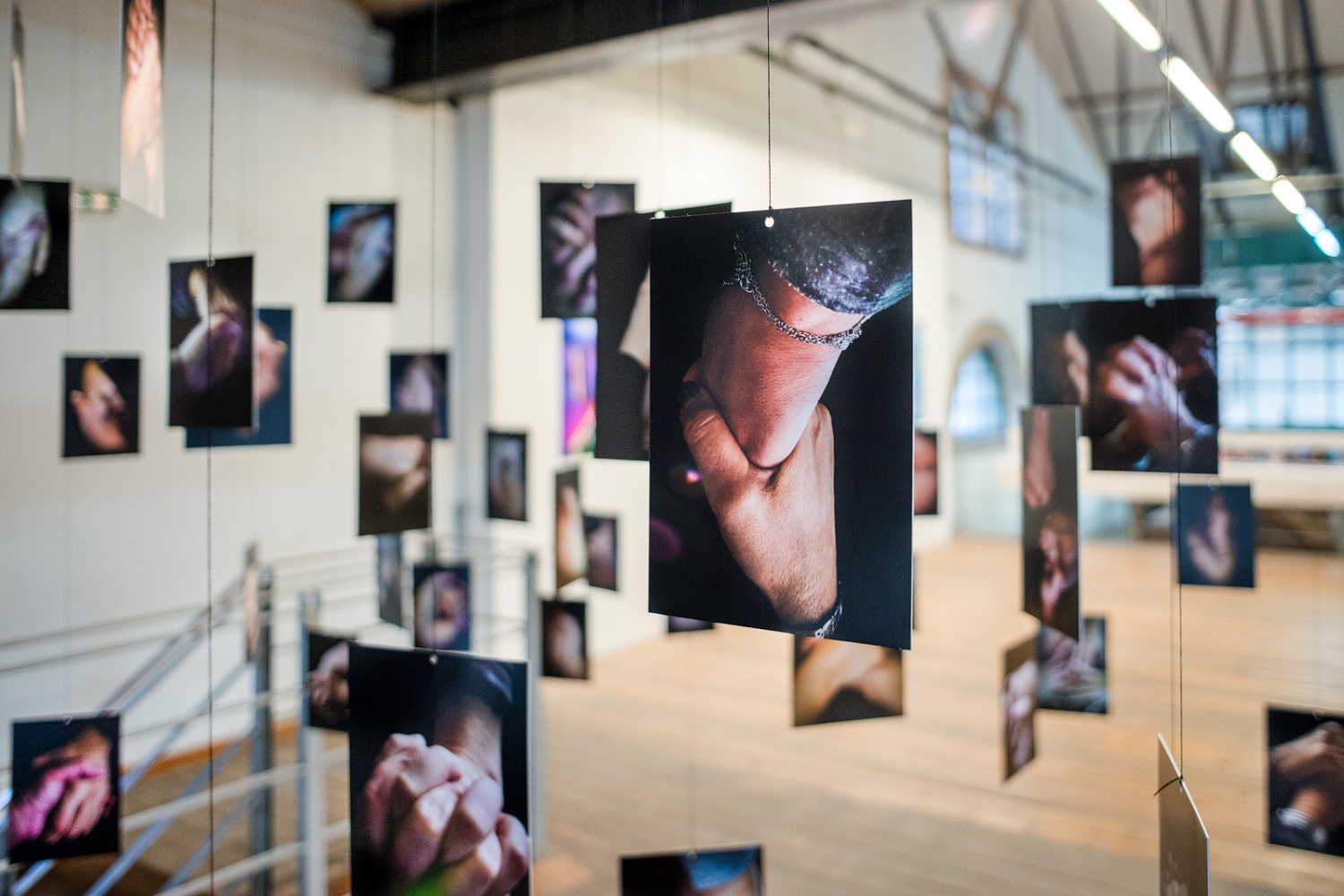

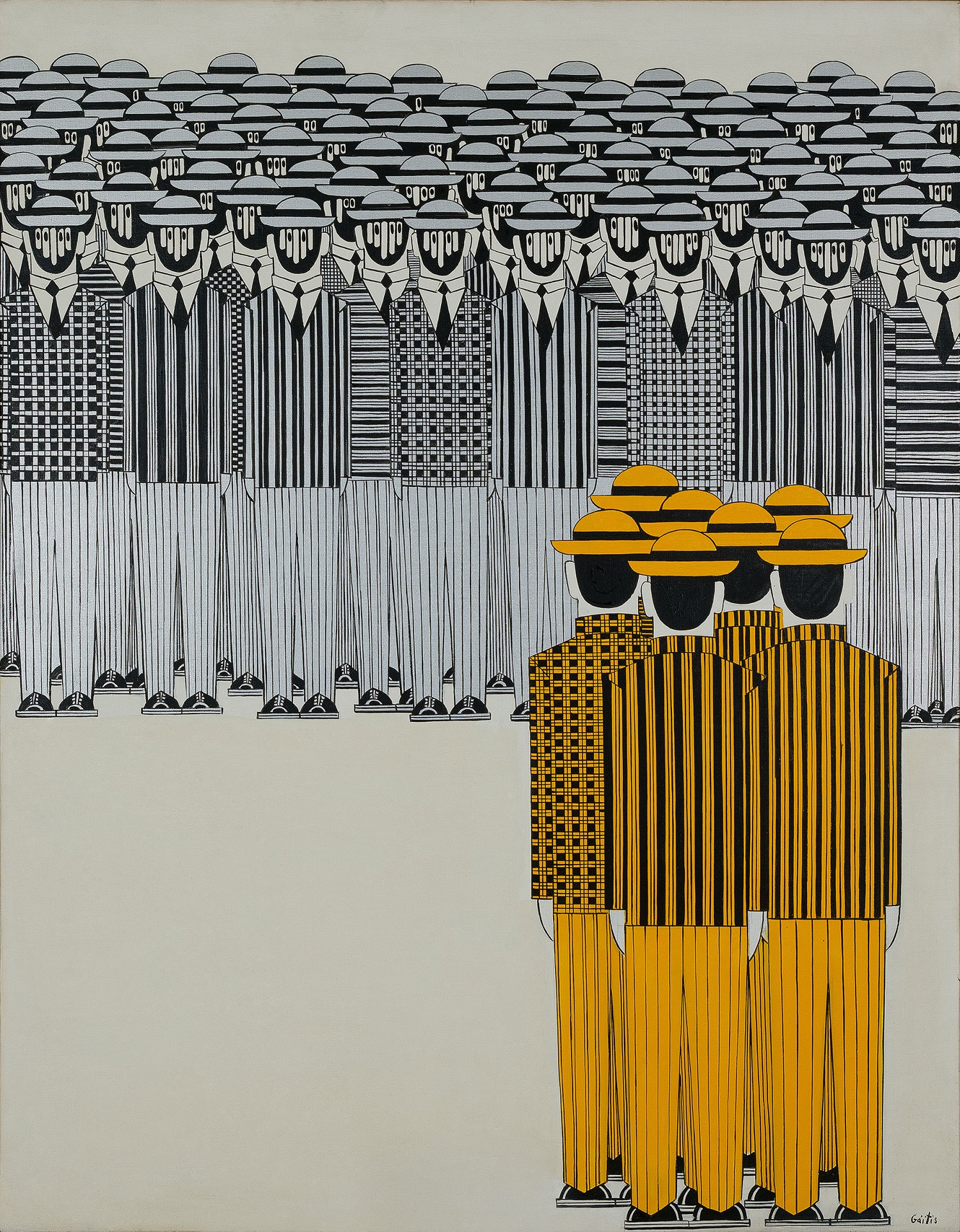
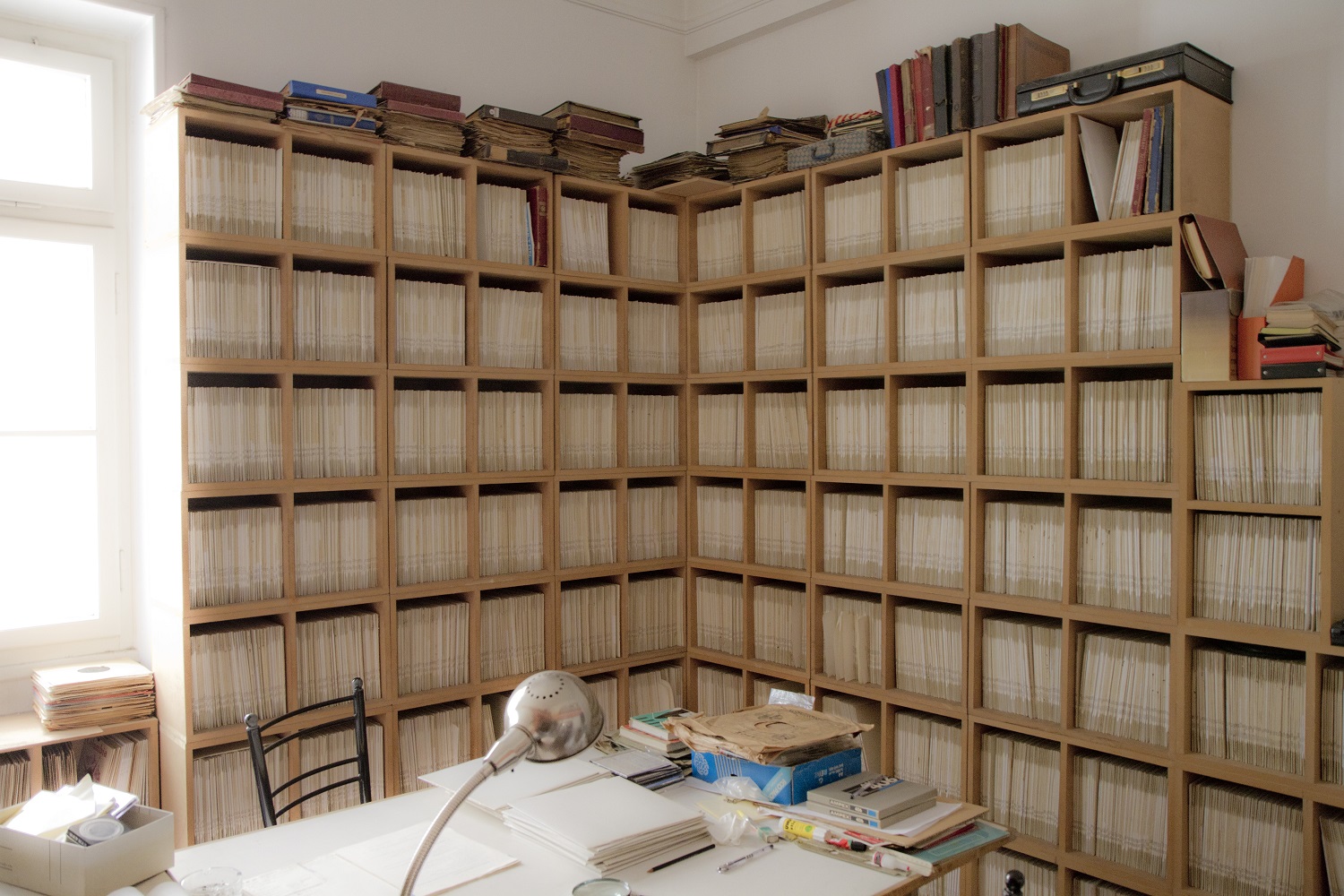



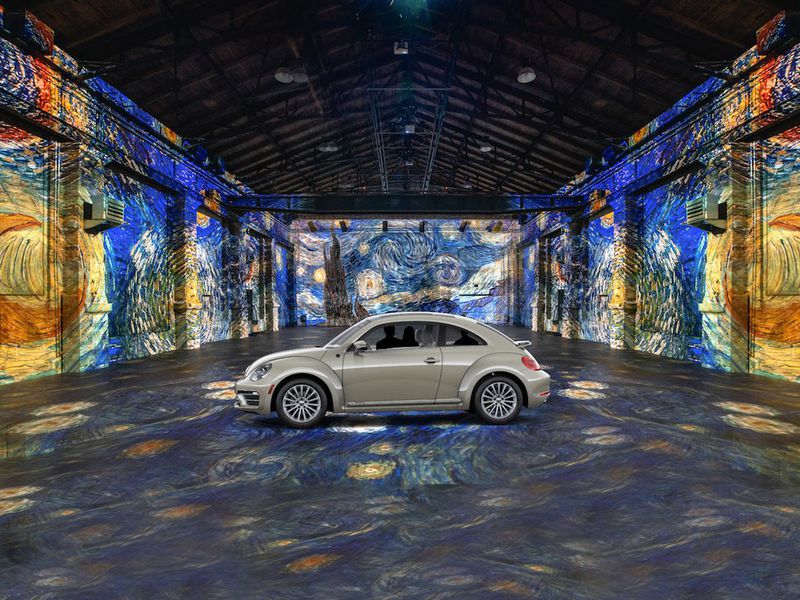



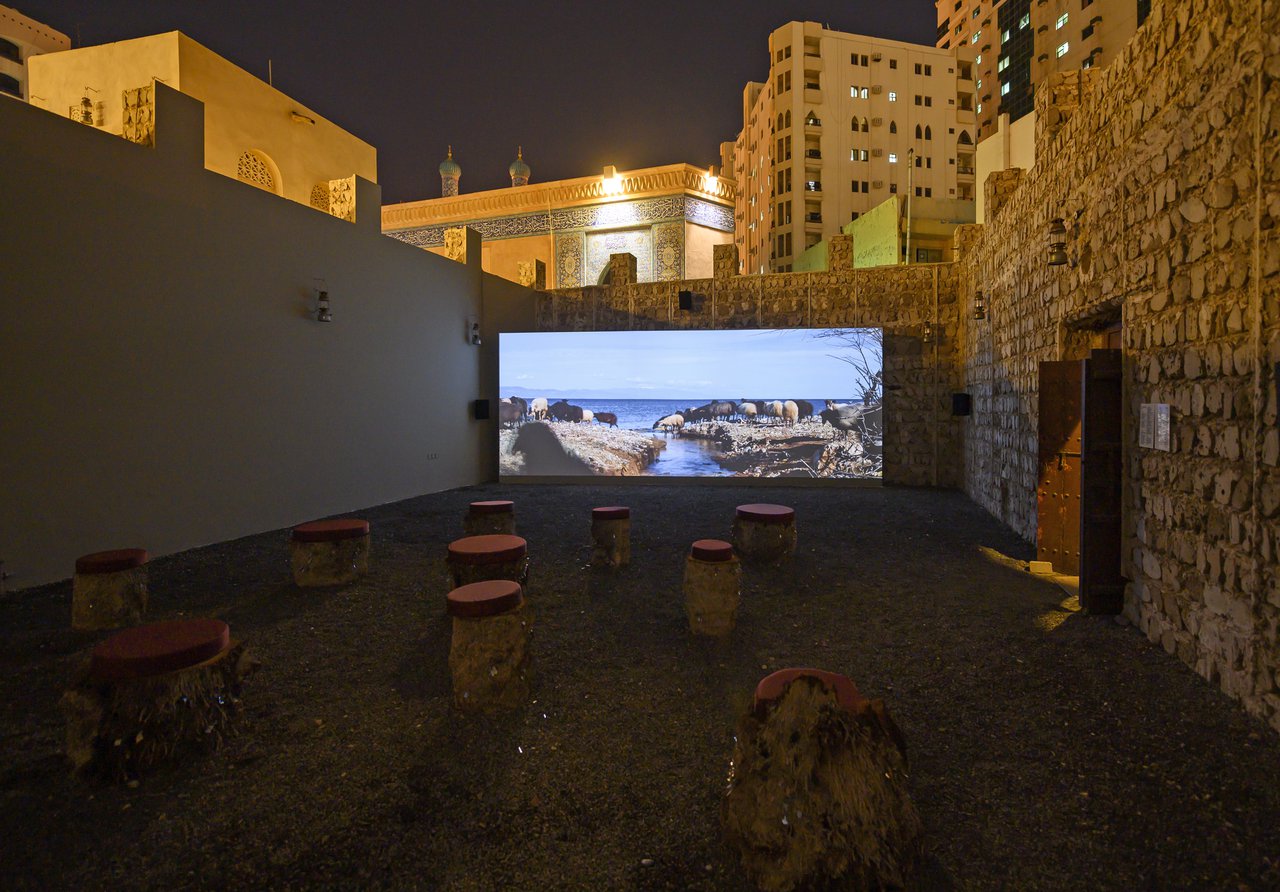
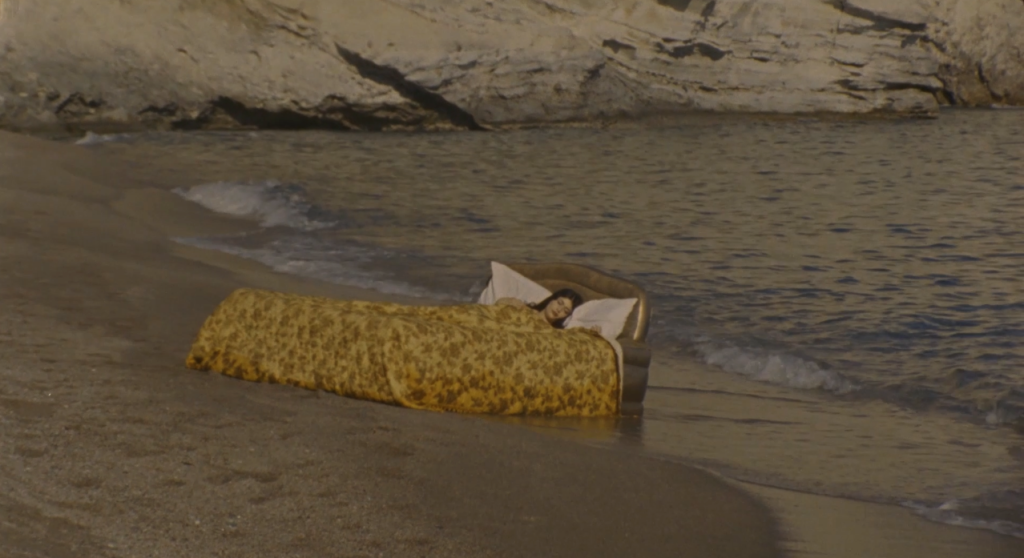


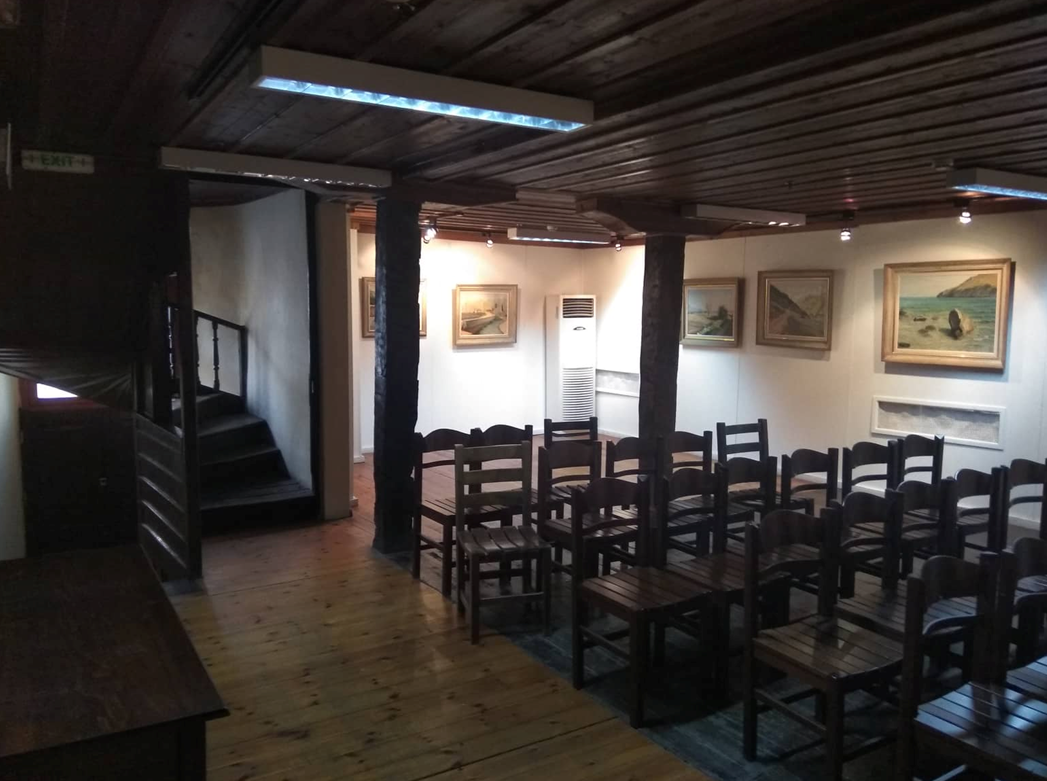

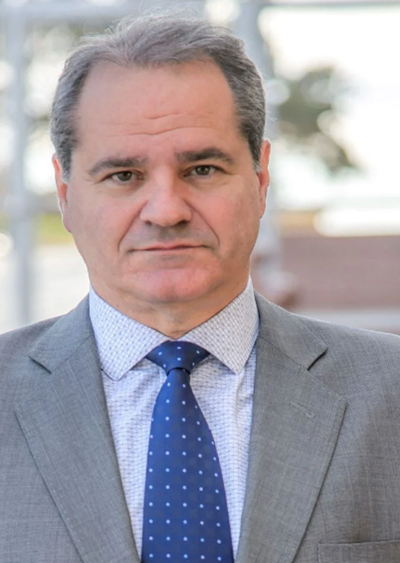
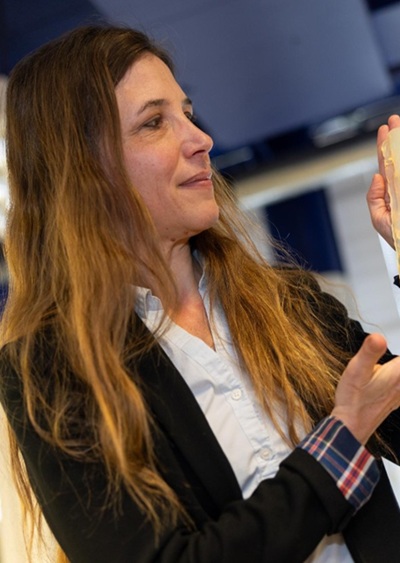
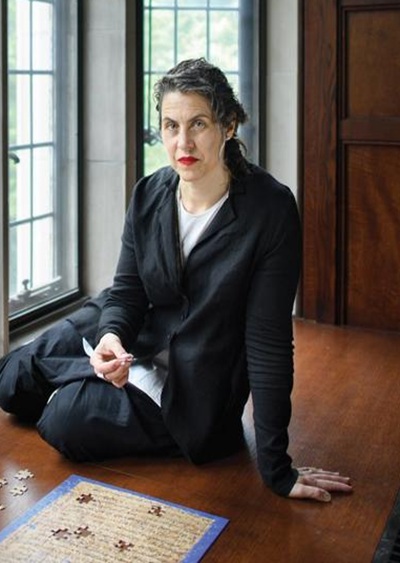
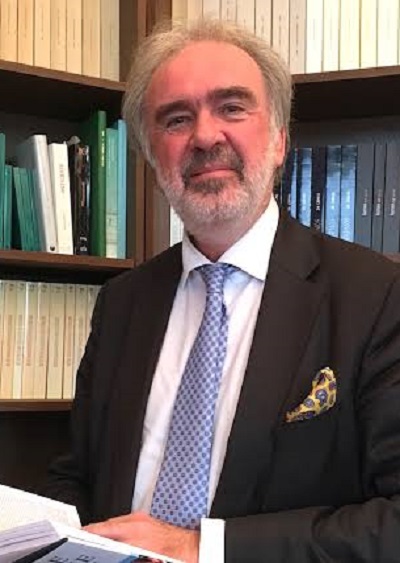


Leave A Comment